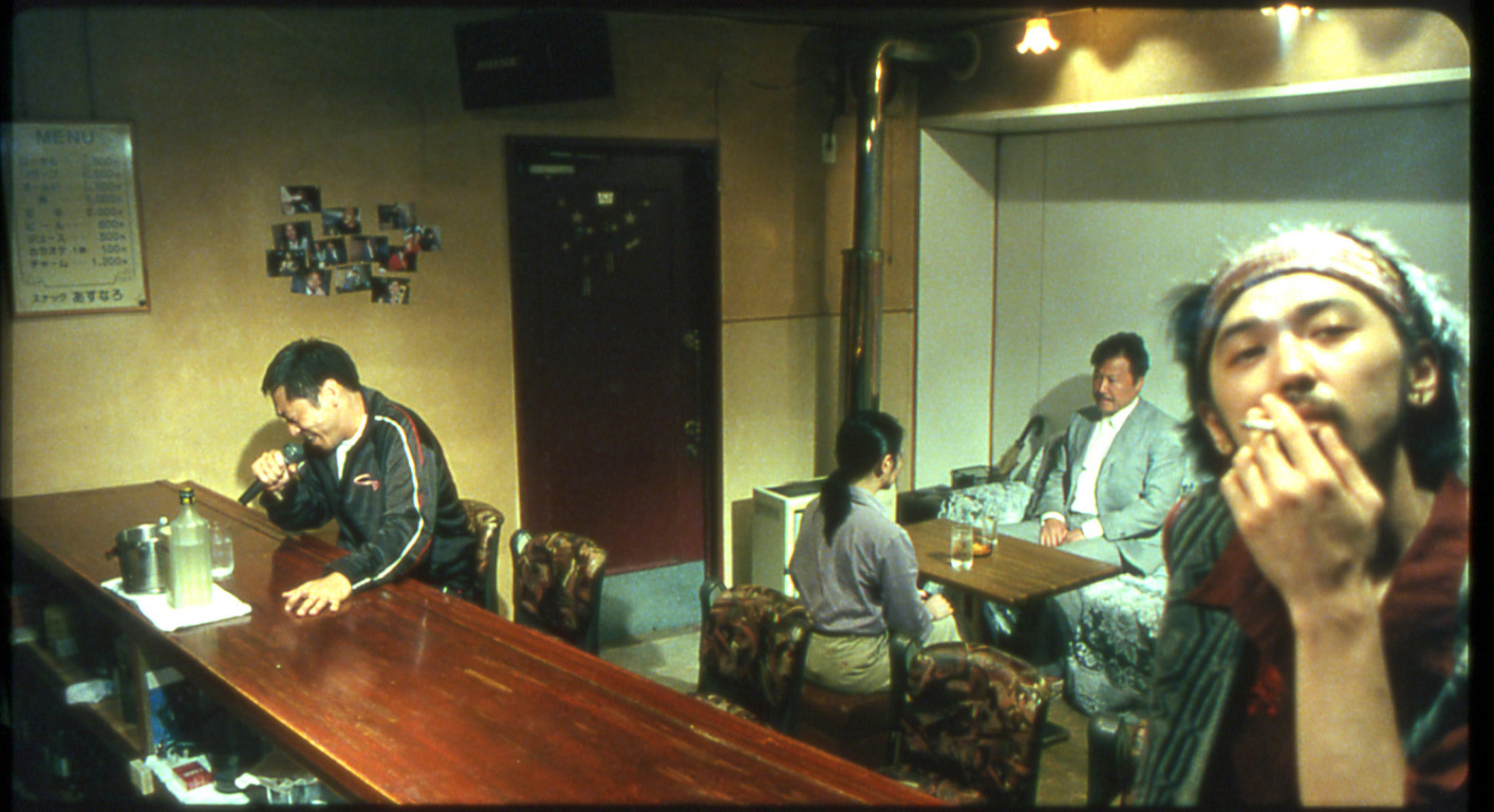A Film by Masahiro Kobayashi
35mm – 1,85 – Color – mono – 106min – Japan
Regarding “The Happiness”
Of course, the title “The Happiness” is borrowed from director Agnes Varda’s “Le Bonheur.” I first saw her film 30 years ago. At the time, I did not understand any of it, but as I grew older and saw the film again every few years, I realized that it was a really terrifying film.When I talked with the late director Yoshitaro Nomura, he told me that his favorite film was Varda’s “Le Bonheur.” In their documentary aspects, their cool way of watching people, there are similarities to be found in many of Nomura’s masterpieces and Varda’s “Bonheur.” To me, Varda and Nomura have something that I don’t, and are, so to speak, reverse-examples for me.
The film “The Happiness” was shot on location in Yufutsu, Tomakomai City, in August 2005. It’s my third film shot on location there. Because we had planned to shoot in winter, the original title on the scenario for the film was “Snow Country.” I envisioned filming literally in the snow. However, after writing the first draft and starting fundraising, things didn’t come together. I postponed the film for a year and instead made the film “Bashing.”
The title changed from “Snow Country” to “The Happiness” after I returned from the screening of “Bashing” at Cannes 2005. Suddenly investors appeared. However, they wanted me to start shooting immediately.
I was convinced that if I missed this chance, “Snow Country” would never become a film, so I immediately started rewriting the screenplay. In fact, it didn’t require much rewriting since I had only to change the season from winter to summer.
At this time, I changed the title to “The Happiness.” The location was to be Yufutsu, Tomakomai City. In fact, I’d never been to Hokkaido in the summer. The “fantasy for adultsモ element had been expanding in my mind for a while. I needed something to replace the image of snow. It was then that I decided to turn Yufutsu into the town of white nights. A fantasy world where the sun never sets. A love affair between a poor, lonely man and woman entangled there.
When I was making this film, I kept asking myself “what is happiness?” I wasn’t able to answer the question at all. But everyday, I kept repeating the question like a Zen riddle. On the day of shooting the always worrisome last scene, I changed the screenplay according to an example, and found a certain answer. It might be construed as a happy end, but if “happiness” itself can be said to be a fantasy, then I think I have unconsciously approached the same conclusion reached by Varda in “Le Bonheur.”
Like “Bashing” before, this film is drawn from the woman’s point of view.
It’s the first time I’ve ever felt affection for one of my films.
I can’t stop hoping that this film will be loved by many people.
Masahiro Kobayashi During dubbing oct. 28, 2005
Synopsis
The season of white nights
At last, a solitary man reaches a certain northern town.
His name is Kenji (Ryo Ishibashi).
He has arrived in this town on the trail of his missing wife and child.
In time, Kenji meets a certain woman.
Her name is Shinako (Akemi Sakurai).
Shinako too has abandoned her family and come to live alone in this town.
With their similar experiences, words are unnecessary.
Although they share time together and filled the holes in their hearts together, they find it difficult to extinguish thoughts of their families.
And, as the dreamy season of the white nights comes to a close, Kenji and Shinako reach for their own “happiness” and come to a certain decision…
Crew:
Screenplay: Masahiro Kobayashi
Music:David Matthews
Cinematographer: Sachi Kagami
Lighting: Fumiyoshi masuya
Sound:design:Tatsuo Yokoyama
Editor: Naoki Kaneko
Cast:
Shinako: Akemi sakurai
Kenji: Ryo Ishibashi
Jun Murakami
Misato Tachibana
Akira Emoto
Teruyuki Kagawa
Festivals:
7th Tokyo Filmex 2006
Production:
Monkey Town Productions














